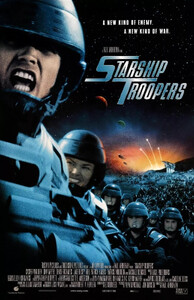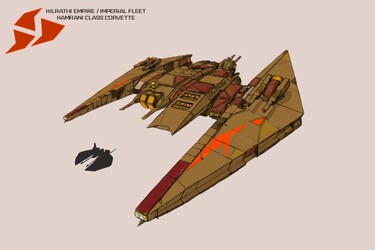Raph Koster On Games As Art



GigNews has posted an article by former Privateer Online designer Raph Koster about "Video Games and Online Worlds as Art." We've posted several interviews and articles by Koster over the years, and they're pretty consistently innovative and thoughtful on the game industry. In this piece he substantiates his position by detailing how games have the ability to convey significant experiences, emotion and entertainment at the same time. The secondary goal of his article is to enhance the quality of games by helping more developers to understand the scope and possibilities of their work. He mentions several Origin games and veteran Origin developers while trying to make his point. Check out the full article here.
To my mind, all arts are based around communicating something. They use a particular medium to communicate within the constraints of that medium, and often what is communicated is, in fact, thoughts about the medium itself (in other words, a formalist approach to arts--much modern art falls in this category). The medium shapes the nature of the message, of course, but the message can be representational, impressionistic, narrative, emotional, intellectual, or whatever else. Some art forms are solo, and some are collaborative (and they can all be made collaborative to an extent, I believe). And some media are actually the result of the collaboration of specialists in many different media, working together to present a work that is incomplete without the use of multiple media within it. Film is one such medium. And video games is another....
In all of the above, I've barely touched on one other, even more controversial, aspect of regarding games as art, and that is the responsibility of the artist. At a recent E3 convention, someone in the press asked Warren Spector what he thought of the trend of dumbing down games to make them accessible to a wider market. Now, Warren's a pretty opinionated and blunt guy (he's also a pretty good guitar player) and his answer was, "I don't want to make games for stupid people." At that same time, Richard Garriott was demonstrating Ultima IX: Ascension, a game clearly intended in part to make the narrative RPG experience more accessible and immersive. Either way, each of them was living up to the artistic responsibility to themselves: the responsibility to pursue their vision (and, lucky them, they are at points in their careers where they are free to do so!).

















Follow or Contact Us